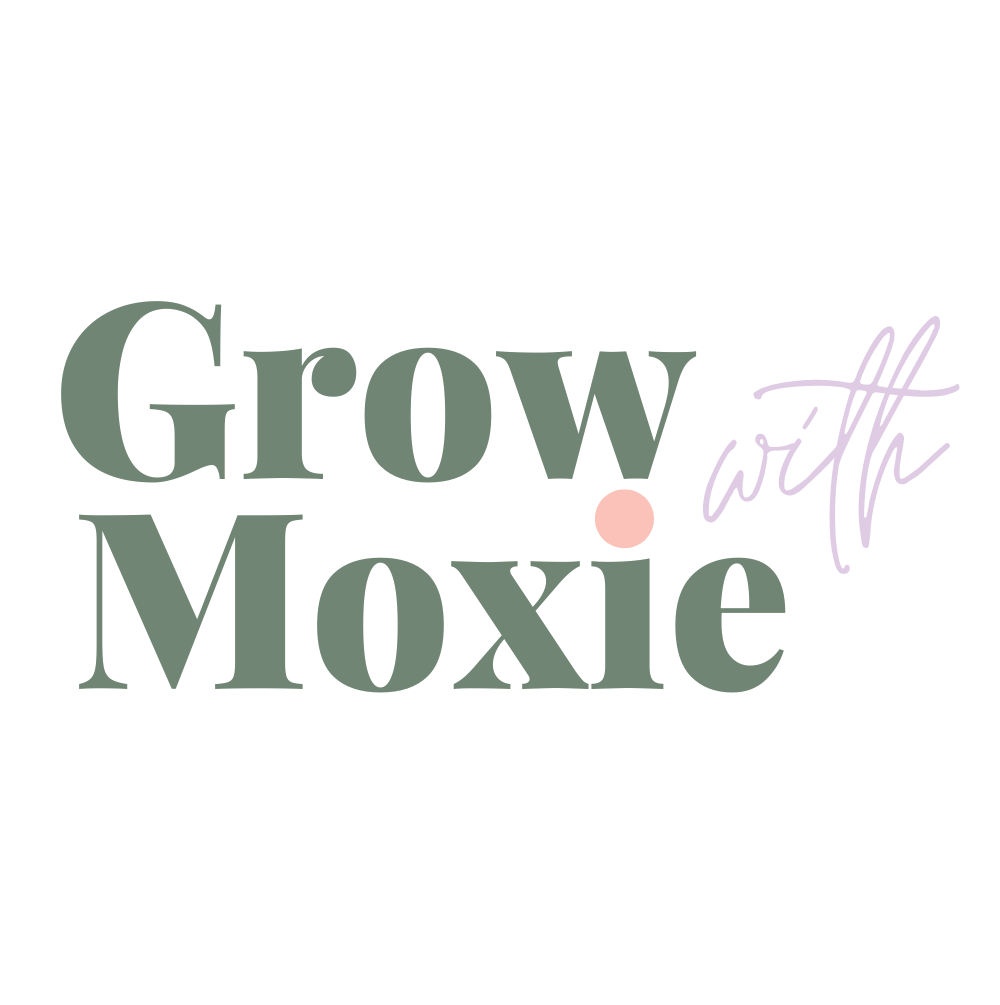Email marketing for small business

I know this can be tricky. You’re not sure what the rules are, how GDPR affects it and if are you allowed to direct market via email? Then what do you say? How do you get people to sign up? And then am I supposed to do a newsletter every week or every month? It can be really difficult to understand the ins and outs of email marketing but I’m here to help. I’m going to talk you through my guide to email marketing for small business.
Email Service Provider
First up you need to get an email list service provider. There are a few good ones out there, I’ve tried them all. The most talked about are Mailchimp, MailerLite and ConvertKit. All of these service providers are good at what they do some cost money depending on how many subscribers you have some offer more complex services and some have a really good reputation. Do some research and see which suits your business.
I moved from Mailchimp to ConvertKit this year as I wanted to start using automation and I love it.
Here are the links…
Attracting subscriptions
People will subscribe to mailing lists if they see value in the content you’ll be offering on a monthly basis or if they receive immediate content that they want instantly. They will also subscribe to mailing lists if they like you or if you are trustworthy.
My advice on gaining a healthy mail list
- Create topics for your newsletter that will make people want to sign up
- Offer a free download that people will want
- If you have a large social presence use that to convert people into email subscribers
Can you direct market anymore?
With GDPR you can only email people when they have signed up to your email lists, unless they are a business. You are allowed to do business to business marketing using an email service will help guide you through this process. There are lots of articles out there on how to do this and how to find people to email. It can be as simple as finding a list of dream clients, finding their business email address and sending an email. I keep a spreadsheet of people I’ve emailed and update it if I have a response or when I follow up, nobody wants to appear spammy.
What to do with your email list when you have one…
Continue to provide content that they will be interested in. Write helpful emails to keep them bought in and do it regularly. It could be twice a month, or once a week, it could even be once a month. Studies show people hearing from companies too infrequently leads to them unsubscribing. They are surprised to see the company in their inbox and hit unsubscribe. But on the other hand, we will unsubscribe from a company who has emailed us too much. So, create the right balance for your business and subscribers.
If you want to do promotion in an email I’d recommend starting your email with a question or a problem and providing a solution and that that solution would be able to be linked to a product or service that you provide. The recommendation here is about 80% explaining/discussing/solving a problem and 20% pitching/selling. This prevents your email from looking spammy.
Subject lines
Subject lines are the way to get subscribers to open your emails. Personalising the subject line, adding emojis or asking a question are all ways to get people to open your emails.
Images
Use images sparingly. They look pretty and can communicate your message, but they can cause issues with spam filters. If you use them don’t use them as the only way to communicate as some users might not download them and will miss vital parts of your message.
So, there you have it my email marketing guide for small business. There is so much more to be said about email marketing but this should help you starting out or wanting to improve what you already are doing. Message me if you want to talk about this some more, I’m here to help.
Top tips
- Choose the right email service provider for your business
- Create lead magnets
- Send out a consistent newsletter
- Use images sparingly
- Give your email subscribers value
